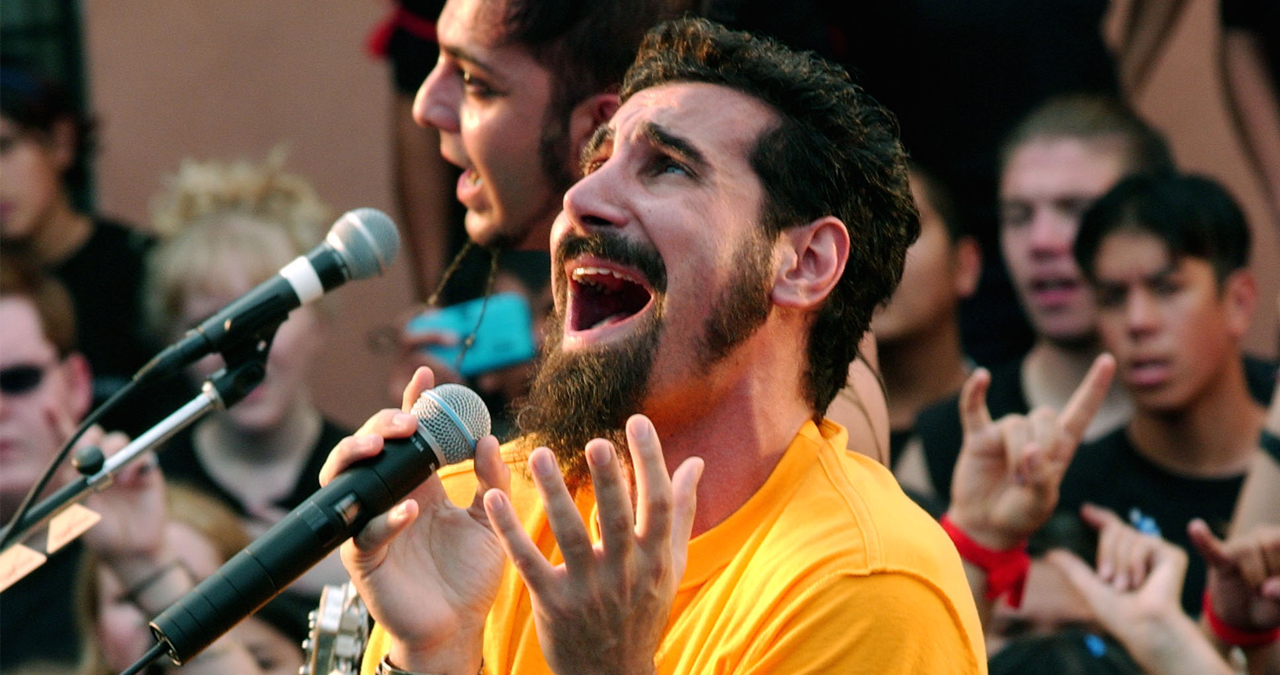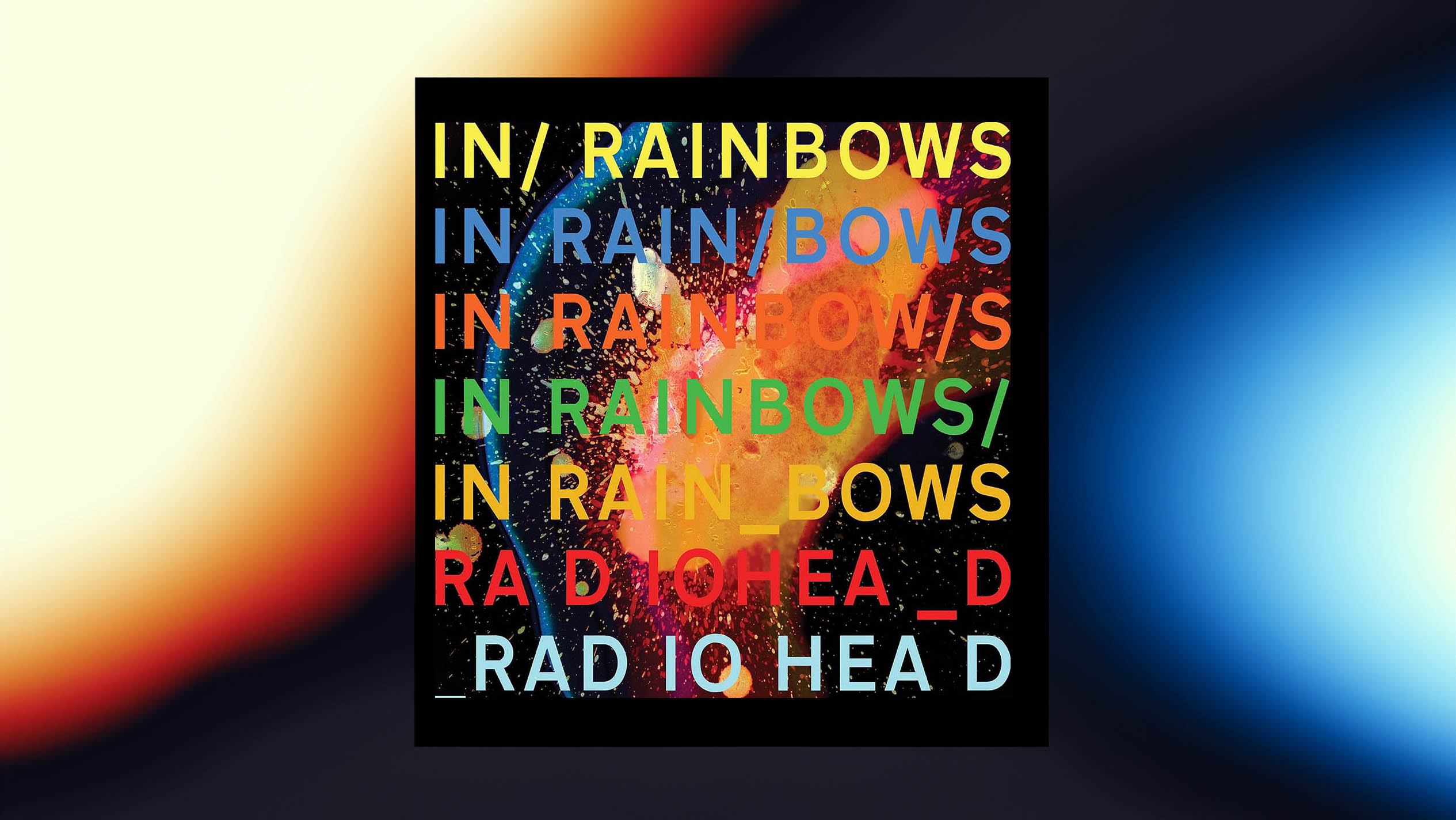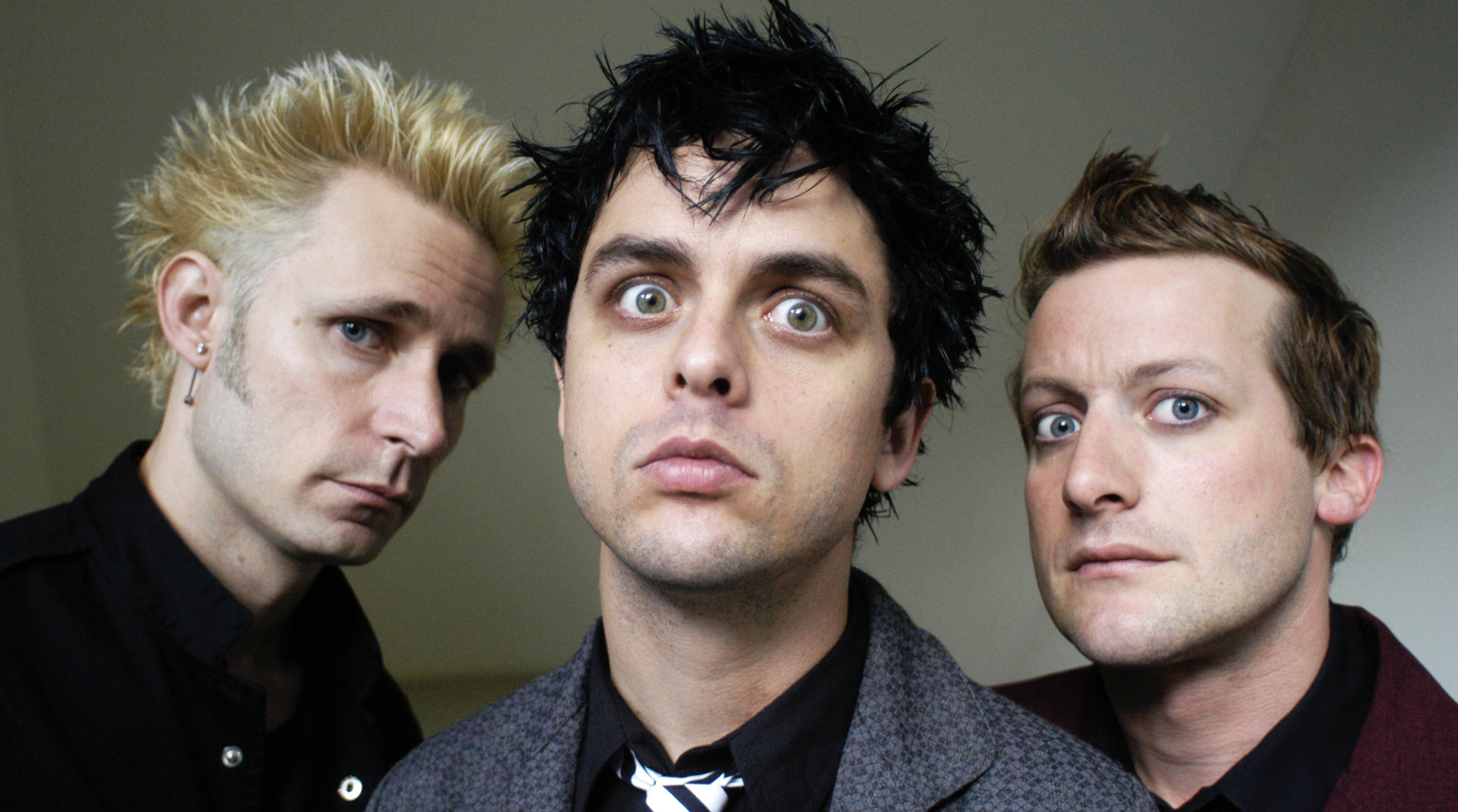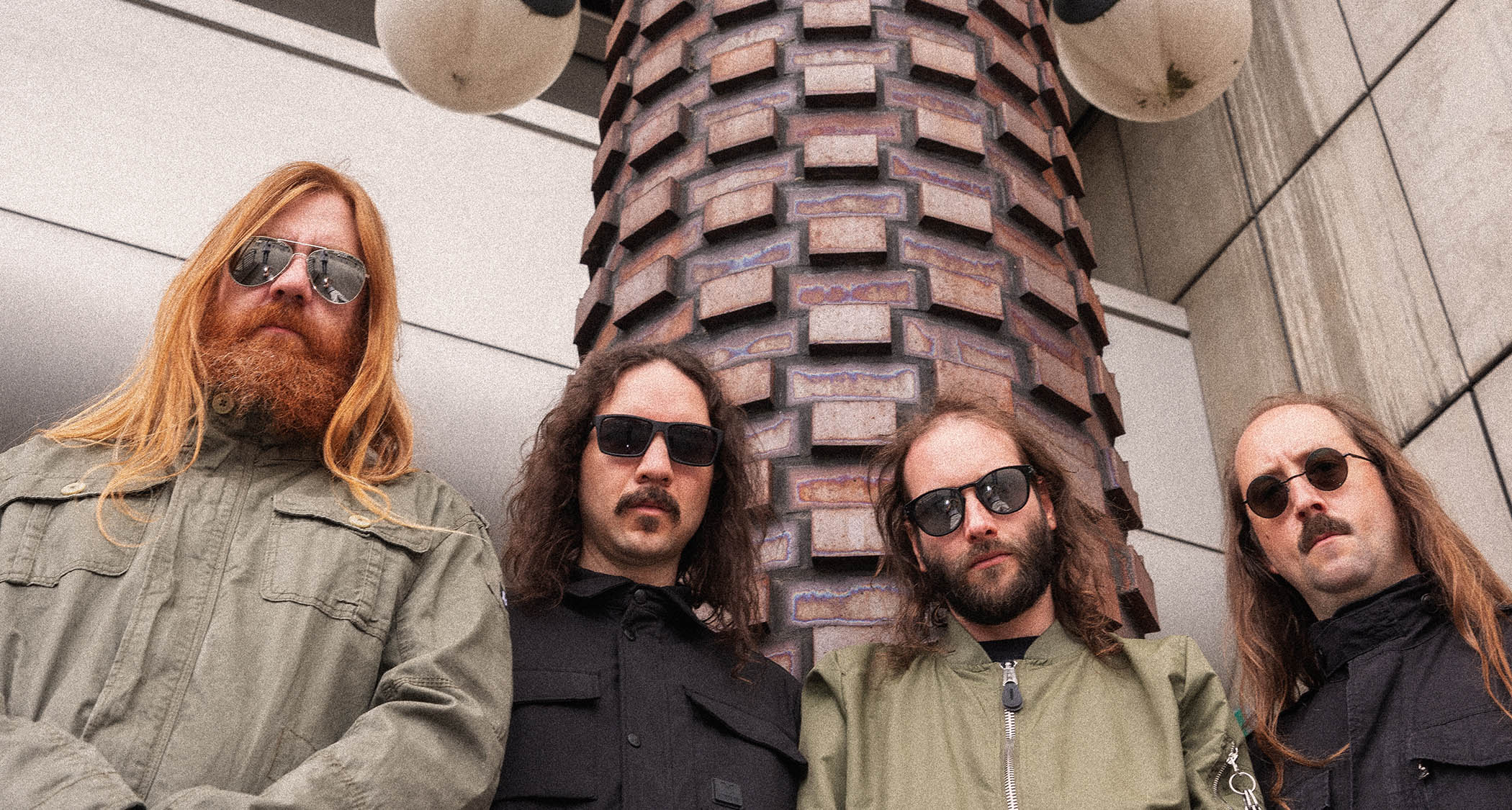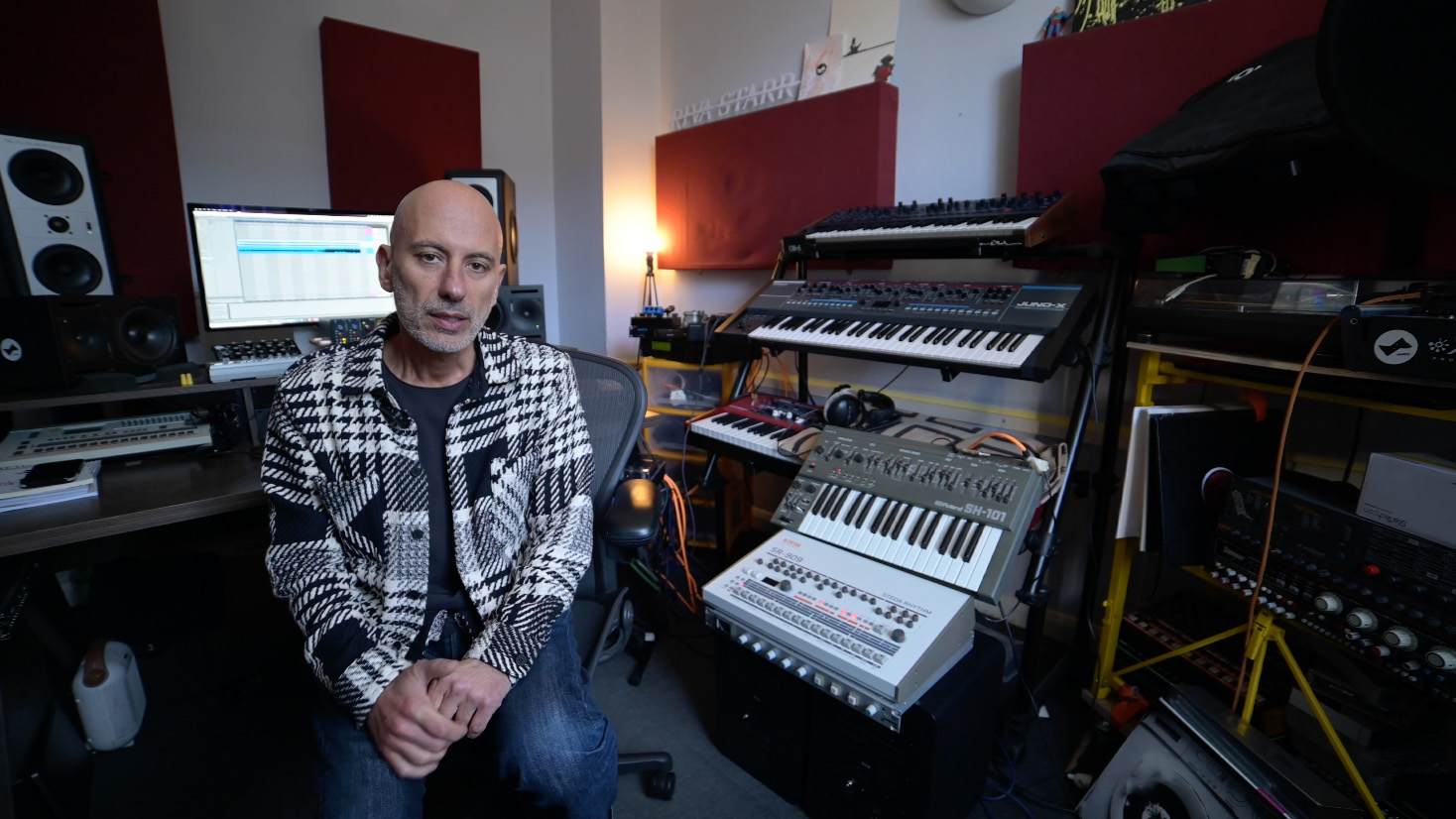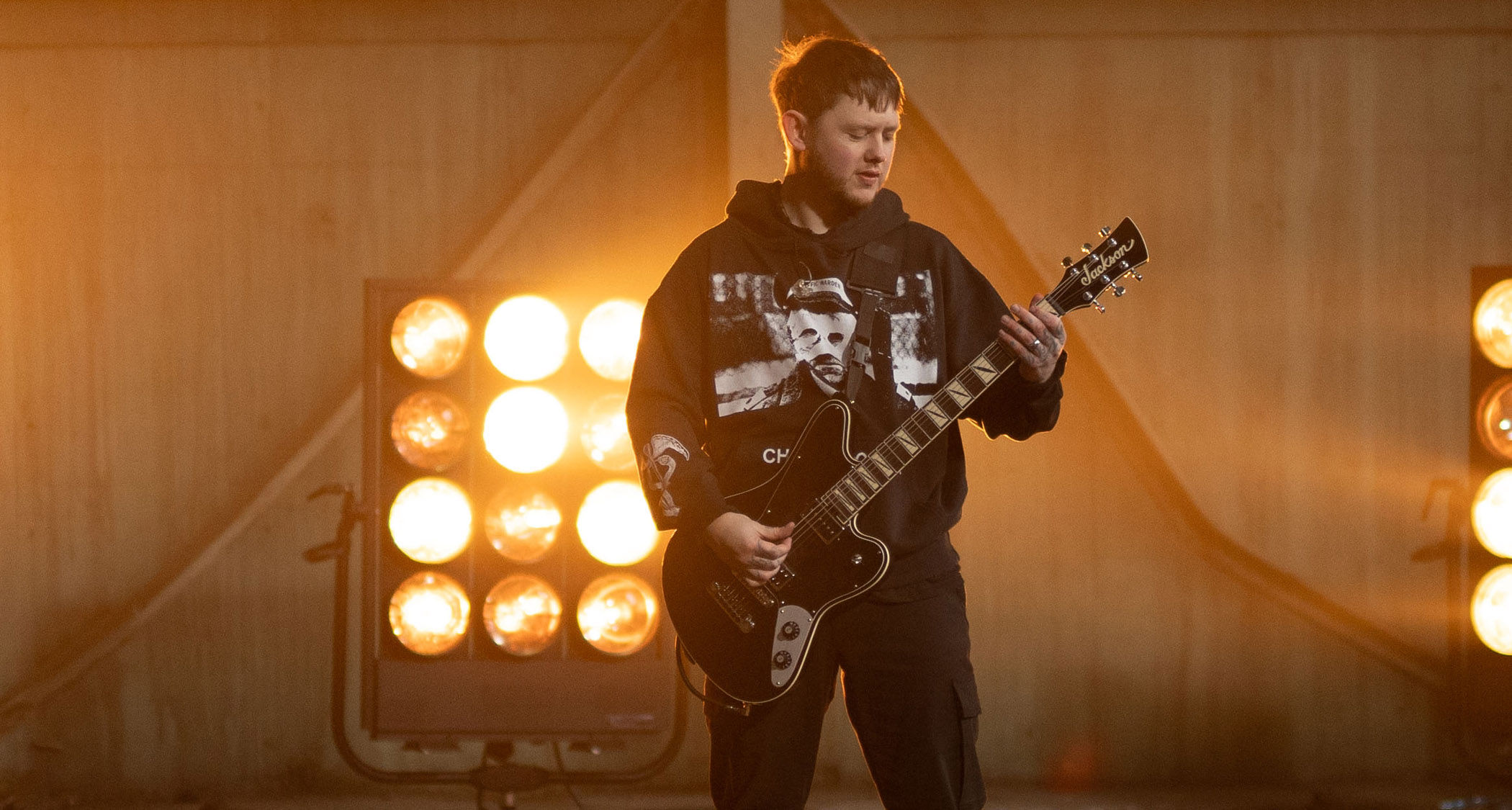“Jon had the laser-focus about becoming a rock star at age 19... he knew how to negotiate the business”: Session ace Tim Pierce on his blazing solo on Bon Jovi’s Runaway – and the hunger that propelled Jon Bon Jovi to superstardom
Sometimes rock history is settled by the fickle finger of fate. When Pierce was asked to help a young Jon Bon Jovi track his 1981 demoes, he ended up playing guitar on a Bon Jovi classic – a song that set its frontman on his way to the top
![Session guitar ace Tim Pierce wears a ballcap and poses with a Powers Electric guitar [left]; a young Jon Bon Jovi rocks Super Rock 84 on Bon Jovi's first tour of Japan. His shirt is open. His hair is big. And he has a red Fender Stratocaster slung low by his hip.](https://cdn.mos.cms.futurecdn.net/hcRVrVWpPRxr5HrsXuDAxW.jpg)
Tim Pierce remembers it as clear as day. The teenage Jon Bon Jovi had only one thing on his mind; he was going to be a rock star. And as fate would have it, Pierce was going to play his part in making him one.
Things were different in 1981. There was a serendipity to a session guitar player’s career. Being in the right place at the right time was everything, and in this case it put Pierce in a position to lay down electric guitars on Runaway, the track that would become the first Bon Jovi hit.
Joining MusicRadar over Zoom, for a conversation in which Pierce tells us how Widex hearing aids have changed his life, the session legend turned YouTuber has a chuckle when he looks back on this. This was a more innocent era. There was still a bit of romance in the business.
“Well, imagine a world of no mobile phones and no computers,” he says. “That song was during a time when the only way music was created was with people working together in a location, in real time, so what you would do is you would move to one of the cities where music was being produced, and that would have been Los Angeles, Nashville or New York.”
Pierce had made his choice. He had gone out west to LA. But as these things go, you can’t predict where the next gig is going to take you. In this case, it was New York City, to the Power Station, where Neil Giraldo was producing John Waite’s debut album, Ignition. And it was here where Pierce first met Bon Jovi.
“Jon Bon Jovi was 19 at that time, I was 23, and Jon had the laser-focus about becoming a rock star at age 19,” recalls Pierce. “And I understand how he was able to do what he did because he was completely laser-focused on being a rock star.
“He actually knew in a business sense what he was capable of and what the business had to offer. I mean, he was a good-looking young man, talented songwriter, and he just didn’t have any distractions. It was like if you met a young talented sports kid, it was kind of like that – really good at what he did, and wanted to get out on the field and win the championship.”
Get the MusicRadar Newsletter
Want all the hottest music and gear news, reviews, deals, features and more, direct to your inbox? Sign up here.
When Pierce says the young Jon Bon Jovi didn’t have any distractions, he means it. This was a kid who had no intentions on falling back on a college degree or a trade.
Jon was just a kid who very, very instinctively knew what he wanted to do and he knew how to negotiate the business
As legend has it, he was sweeping the floors at the Power Station. His cousin, Tony Bongiovi owned the place. Bon Jovi lived in the apartment upstairs. “Janitor and assistant” is how Pierce describes it. But he was also making connections, too, and he knew how to work them.
“He was already connected through his family,” says Pierce. “He was just a kid who very, very instinctively knew what he wanted to do and he knew how to negotiate the business because he was working at the studio and hanging out with Bruce Springsteen and all kinds of people at the Power Station.”
Pierce and Jon Bon Jovi had a lot in common. They were both young and hungry. Pierce’s dream was right there in front of him, it was in his hands: he was intent on making it as a guitar player. And in 1981, things were really starting to happen for him.
“Essentially, I was the same animal was Jon Bon Jovi but not quite as focused. I wanted to have a guitar career,” he says. “Honestly, I didn’t care what that looked like or where that ended up. I was just taking every job that came to me – and they were coming fast at that point. I had a lot of different gigs.”
The Bon Jovi gig was not in the calendar. He was asked to sit in and play on some demoes. There was Hugh McDonald on bass guitar. Frankie LaRocka played drums. The E Street Band’s Roy ‘The Professor’ Bittan rounded out this motley crew on keyboards.
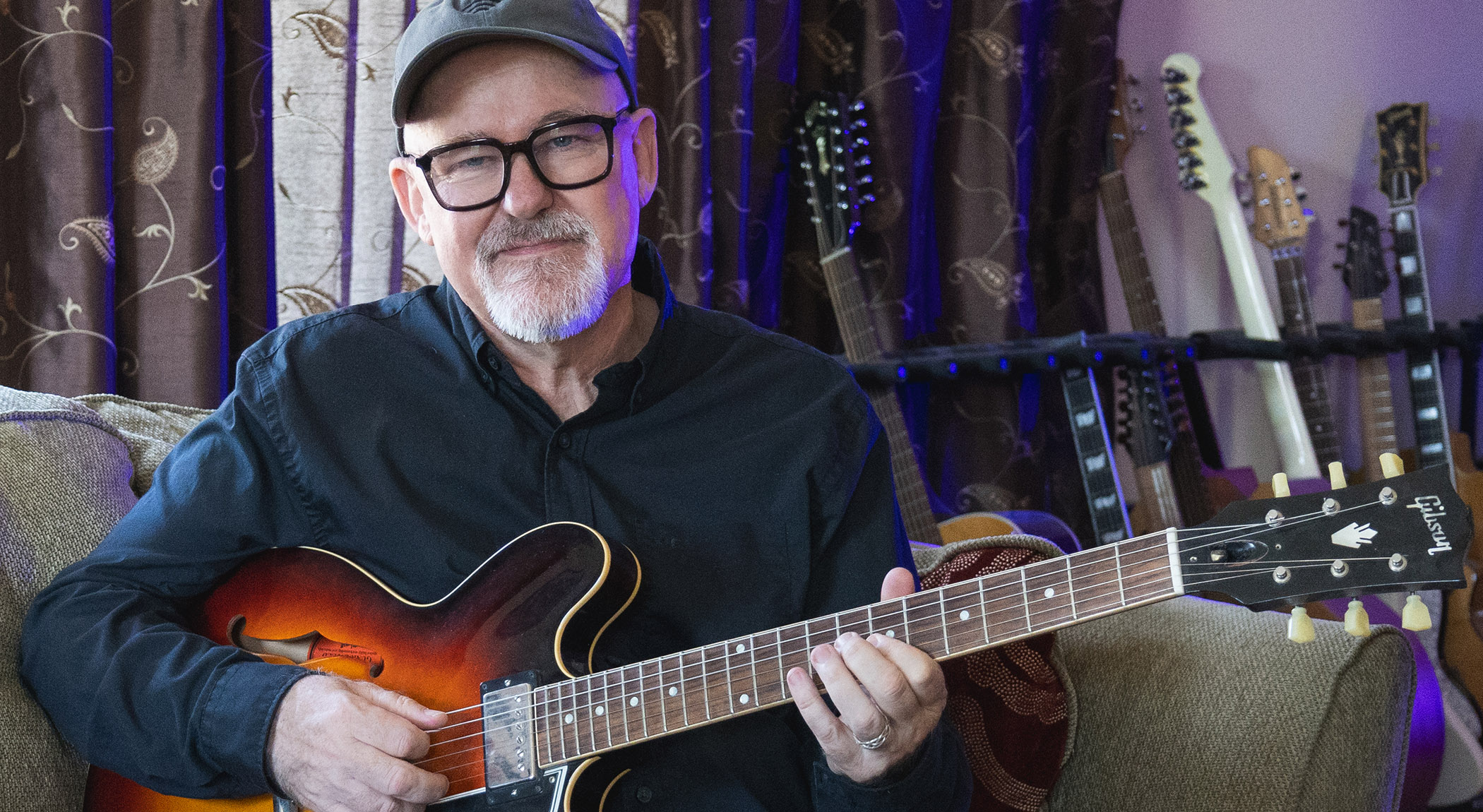
“One of those songs was Runaway, and I am sure the band, when he got his record deal, tried to redo it,” says Pierce. “It just didn’t turn out. So we got full credit on the record and they put out the version that we did.”
Radio picked it up a couple of years later. While much of that early Bon Jovi material got cast aside as juvenilia, Runaway had staying power, remaining in the Bon Jovi set to this day.
They last played it in 2019 and while the crowd-sourced data of SetlistFm is not scientifically accurate it does give us an indication of how important Runaway is in the Bon Jovi canon; only Bad Medicine, Wanted Dead Or Alive, Livin’ On A Prayer and Bad Medicine have been performed more often (and the count is tight).
A lot of things fell into place to make Runaway work. Of all those early tracks, it captures what Pierce saw in the frontman – the appetite for a bigger stage. It lucked onto a team of great players.
The arrangement itself captured where rock was headed at the time, from the ‘70s largesse to the arena/stadium sound of the ‘80s. It showed us where Bon Jovi's artistic sensibilities lay. And yes, it has a great guitar solo, which again is all forward motion, pulling the track towards its destination.
“It was totally improvised,” says Pierce. “I had no idea that that song would go out into the world and be his first single.”
It was also a team effort. Everybody had a say in how it Runaway was going to sound. Pierce’s solo, however, is one for the ages. It falls into the category of don’t think, just do, and he played it safe with the gear choices. This wasn’t the time to get too fancy.
You grew up playing guitar, trying to emulate your heroes, and then all of a sudden you are actually in the game... you’re not sure if you can do it!
“I used a Les Paul and some Marshalls, and a Schecter Stratocaster [copy]. Very simple gear,” says Pierce. “Some of it was just borrowed. Some of it was rented. In my mind, I was just trying to play the best solo I possibly could. It is a combination of thinking and not thinking, y’know.
“You grew up playing guitar, trying to emulate your heroes, and then all of a sudden you are actually in the game doing the thing and [laughs] you’re not sure if you can do it! But you just do your best and when people respond you go, ‘Phew! I guess I can do this.’
“And we used the team at the Power Station, and you’re right, it was pure collaboration, everybody together. We tracked the song, then we went upstairs into a smaller room and we overdubbed the guitars and the solo, and I made up the solo. You create with the advice and the collaboration of the others, and they weigh in on what you are going to do.”
In music, as in life, success breeds success. Runaway found Bon Jovi and audience, a foothold in the business, and was the first step in realising his dream when radio picked it up. This was the era of no cellphones, no computers, says Pierce. It was still the era of radio as the maker and breaker of careers. Pierce’s work at the Power Station did not go unnoticed.
“After that, I joined Rick Springfield’s band, and at that moment in time he was the biggest star in America with Jessie’s Girl and his TV show,” he says. “Rick was a super-nice guy and I went out and did four world tours and five records with him, and even did a little bit of songwriting with him, so that’s where I ended up.”
The music business has changed since. So too session work. In the past, players like Pierce could conceivably turn one session into a hundred. Pierce says artists work in silos. If you are in someone’s contacts – the artist, or maybe a studio engineer – you are in with a shot.
“If you’re Bruno Mars, and you are doing a session, you have some favourite guitar players on your cellphone,” he says. “You just text a favourite and that favourite comes and plays. But that doesn’t connect you to other great artists.”
Connections, the luck of being in the right place at the right time, might get your foot in the door and land some session work. But they won’t keep you there.
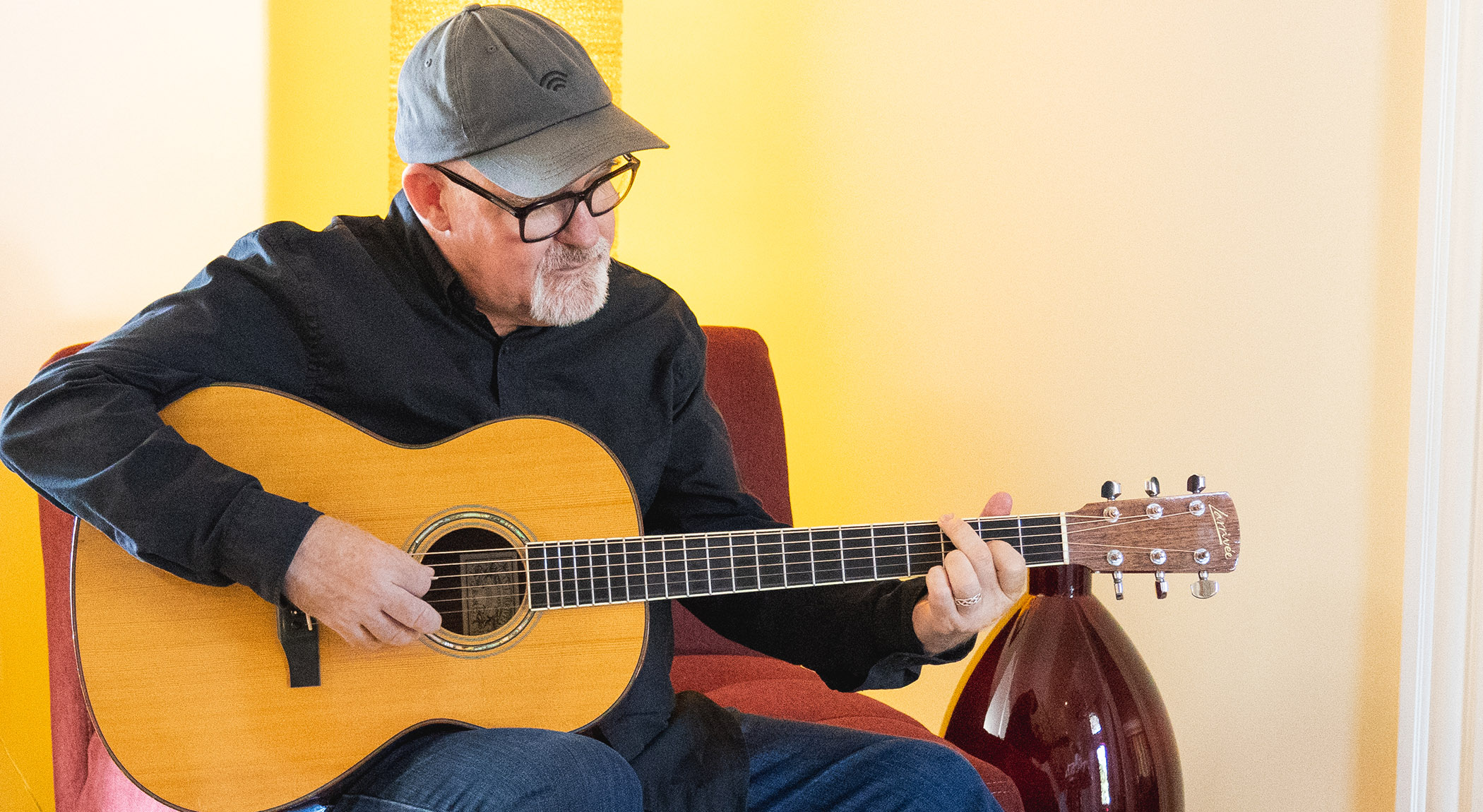
Session playing is a transactional business. Players have to come in, hear the part, play it, nail the tone and give the producer or artist what they are looking for, and the sooner they can do this and let the whole production move along the more likely they are to make as a first-call player. Above all this is a game of speed and efficiency.
I’ve pretty much worked with everybody I have every dreamed of
“Yeah, it’s speed, and the thing is, if you’re in the top five per cent at being able to deliver this thing, this result, then the differences get even more finite, and the person that’s a little bit better than you might get all the work,” says Pierce. “That’s the thing! [Laughs] If you’re in the top 10 per cent, you might get none of the work because the guys in the top five per cent are getting all of it because they are just that bit more versatile, faster, quicker, nicer… Y’know, that’s how it works.”
And that’s what’s brought Pierce here, to the point where a new generation of players might first come to know him for his instructional videos on YouTube channel. They will know his session credits to hear them.
Bon Jovi and Rick Springfield was just the start of a remarkable career that saw Pierce work with Bruce Springsteen, Stevie Nicks, Michael Jackson, Rod Stewart, Miley Cyrus, Crowded House… The list goes on, and he’s not done yet, even if there is no one left on his session wish-list.
“I’ve pretty much worked with everybody I have every dreamed of,” he says. “That’s a question I get asked a lot. But at this point I’m at peace with it. If it was a few years ago I might have said Paul McCartney or Peter Gabriel. I might have said Sting. But I’m okay. I’m okay with Dominic [Miller] being Sting’s guitar player. I’ve kind of let go of that attachment. I worked with way, way more people than I ever imagined so I’m good.”
You can hear more from Pierce at the Tim Piece Guitar YouTube channel.
Jonathan Horsley has been writing about guitars and guitar culture since 2005, playing them since 1990, and regularly contributes to MusicRadar, Total Guitar and Guitar World. He uses Jazz III nylon picks, 10s during the week, 9s at the weekend, and shamefully still struggles with rhythm figure one of Van Halen’s Panama.
“It’s radical. It’s like magic. I get chills”: How Rick Rubin’s philosophy of chance led System of a Down to the first metal masterpiece of the 21st century
“I just treated it like I treat my 4-track… It sounds exactly like what I was used to getting with tape”: How Yves Jarvis recorded his whole album in Audacity, the free and open-source audio editor







